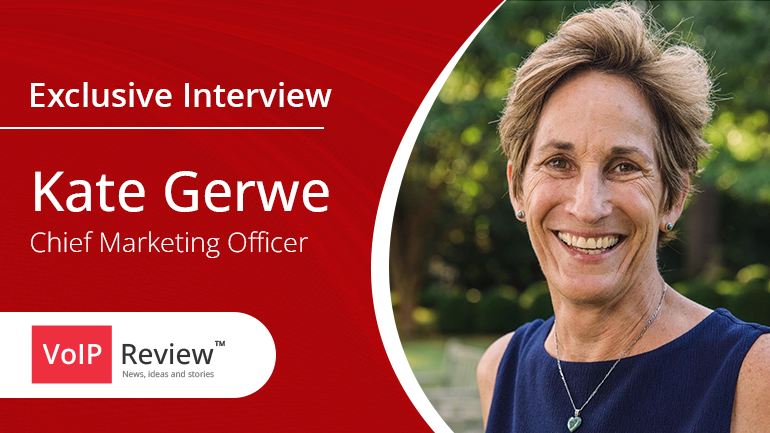A recent study conducted by Juniper Research, a renowned telecommunications authority, has revealed that the escalating costs of SMS authentication services and the emergence of fraudulent activities are poised to curtail the demand for SMS-based authentication among enterprises. As a result, telecommunications operators are projected to witness a mere 4% increase in traffic in 2024, in stark contrast to the average annual growth rate of 10% observed over the past five years.
Ooma, Inc., a leading smart communications platform for businesses and consumers, has successfully acquired 2600Hz, Inc. The acquisition, valued at approximately $33 million in cash, closed on October 20, 2023. This strategic move is set to enhance Ooma’s business solutions and expand its market reach.
VEON, the global digital operator, is demonstrating its unwavering commitment to Ukraine with a high-level delegation visit to Kyiv and Lviv. Comprising members of the VEON Board and Management, the delegation seeks to bolster the company’s presence and engage with various stakeholders in Ukraine.
SK Telecom’s collaboration with AI pioneer Mars Auto, brings forth a compelling vision for autonomous trucking, leveraging SKT’s 5G prowess and Mars Auto’s AI system. With Mars Auto’s AI armed with extensive roadway data from SKT, there’s a promise of safer, more efficient self-driving services. SKT’s continued strides in telecom, signified by the company’s alliance with Deutsche Telekom and massive investment in AI firm Anthropic, show signs of transformative potential for the telecom sector.
Initiated by the UK government, the Shared Rural Network (SRN) aims to eradicate coverage black spots and ensure widespread 4G coverage. This project has been approached with differing bravado by top network operators. Juncture tensions arise as key operators plead for deadline leniency, while EE stands confident in its progress. All eyes are on the government’s response to this collective request while interest in the ongoing infrastructure debate climaxes. Stay informed as the narrative unfolds.
The FCC has set the wheels in motion to reinstate open internet protections, sparking dynamic public conversations around net neutrality. They aim to frame both fixed and mobile broadband as imperative telecommunication services by the Communications Act. This move could effectively address the recurring issue of broadband outages impacting significant sectors like jobs, education, healthcare, safety, and more. However, the proposal doesn’t stop there, it also plans to ensure stringent nationwide open internet regulations to prevent ISPs from manipulating content accessibility based on payment.
Golden opportunity or a hasty gamble? KKR’s pursuit to acquire Telecom Italia’s anticipated NetCo has been met with challenges from Vivendi, TIM’s largest shareholder. Confronting the complexity of separate asset sales and the valuation tug-of-war, it’s clear there’s more to this story than meets the eye.
The future of the intelligent world is orbiting around the power of 10Gbps bandwidth, forming the vital backbone of digital advancement. As the tech world continues to evolve, the network upgrades, too, strive to match pace, evident in the successful transition from gigabit to more powerful 10Gbps optical networks, or F5.5G. Huawei stands at the helm of this transition, providing comprehensive solutions for operators. With new-age high-speed, low latency connections, and a focus on enhanced user experiences, the stage is being set for the world’s leap into the F5.5G era.
CityFibre’s new, True Gig provides a 1.2 Gbps wholesale service, aiming to clear the haze in UK telecommunications advertising and help ISPs deliver gigabit broadband services to their customers. This offering not only circumvents stringent advertising regulations but also supports CityFibre’s vision of an honest high-speed fibre network. The question posed is, will this clear the muddy waters of broadband advertising while promoting a fibre revolution in the UK?













